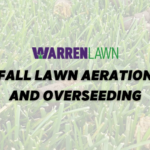It’s Springtime in Des Moines and Central Iowa. The grass is coming out of its dormancy and soon it will be time to get out there. Now is the best time to consider the things you should do this season to make sure your lawn is as healthy as possible. At Warren Lawn, we understand the intricacies of lawn care like no other. With our expertise, we bring you the five fundamentals for a healthy lawn that will make your neighbors green with envy.
1. Irrigation
Proper watering is essential for a thriving lawn. Many homeowners either over or under-water their lawns, leading to various issues like root rot or drought stress. To get it right, water your lawn deeply and infrequently. Aim for about 1-1.5 inches of water per week, either from rainfall or irrigation.
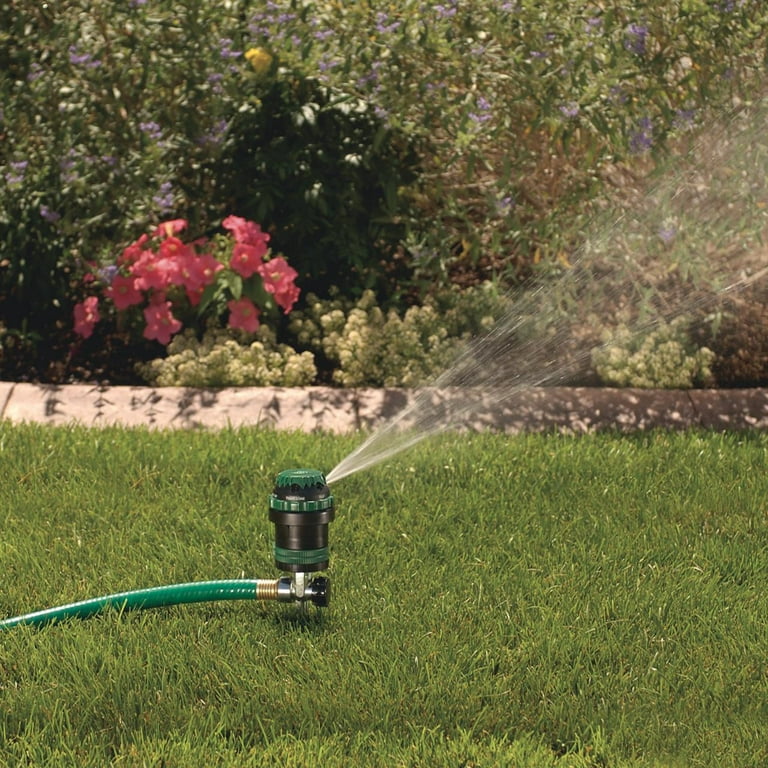
Early morning watering is best as it minimizes evaporation and fungal growth. Invest in a sprinkler system with adjustable settings to ensure even coverage across your lawn. If an in-ground irrigation system is out of the question, try using a few different types of above ground sprinklers. You can use attachments on the spicket of your home to run multiple hoses and multiple sprinklers. For a simple and effective sprinkler that stays in place, try this Orbit Sprinkler head. If you are looking for less work, you can try this Orbit moving tractor sprinkler that crawls around your lawn for you.
2. Mowing
The way you mow your lawn significantly impacts its health and appearance. Set your mower blade at the appropriate height for your grass type and never remove more than one-third of the grass blade’s length in a single mowing session. In Central Iowa, we grow cool-season grass lawns. These consist of Kentucky Bluegrass, Perrenial Ryegrass and Turf Type Tall Fesuce. When you are mowing with a common rotary mower, it’s best practice to mow your lawn no shorter than 3 inches tall.
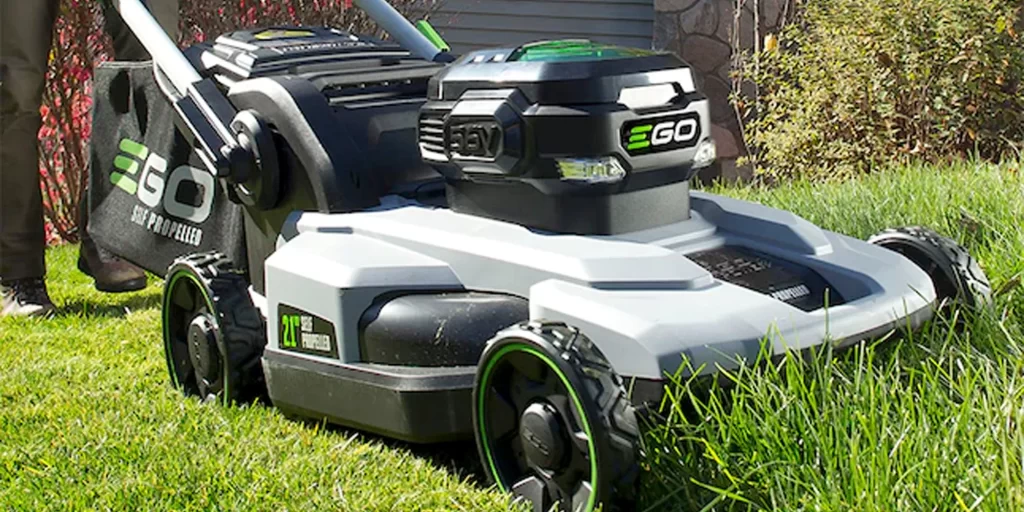
Regular mowing encourages healthy growth and helps prevent weed infestations. Remember to keep your mower blades sharp to ensure clean cuts and avoid stressing the grass. A dull mower blade will tear the blades of grass, instead of cutting it, causing damage.
If you are looking at upgrading your lawn mower this season, the Toro Recycler with Personal Pace is a great gas option. If you want to go the electric route, the Ego Power+ is a great option as well. Both of these mowers are suited for lawns in town, smaller than 1/3 of an acre. Anything larger, and you would want to consider a tractor style or zero turn mower.
3. Cultivation
Aerating and dethatching are crucial cultivation practices that promote better air, water, and nutrient penetration into the soil. Aerating involves perforating the soil with small holes to alleviate compaction, while dethatching removes the layer of dead grass and debris that can suffocate your lawn. Aim to aerate and dethatch your lawn annually, preferably in the early Spring or Fall when the grass is actively growing.
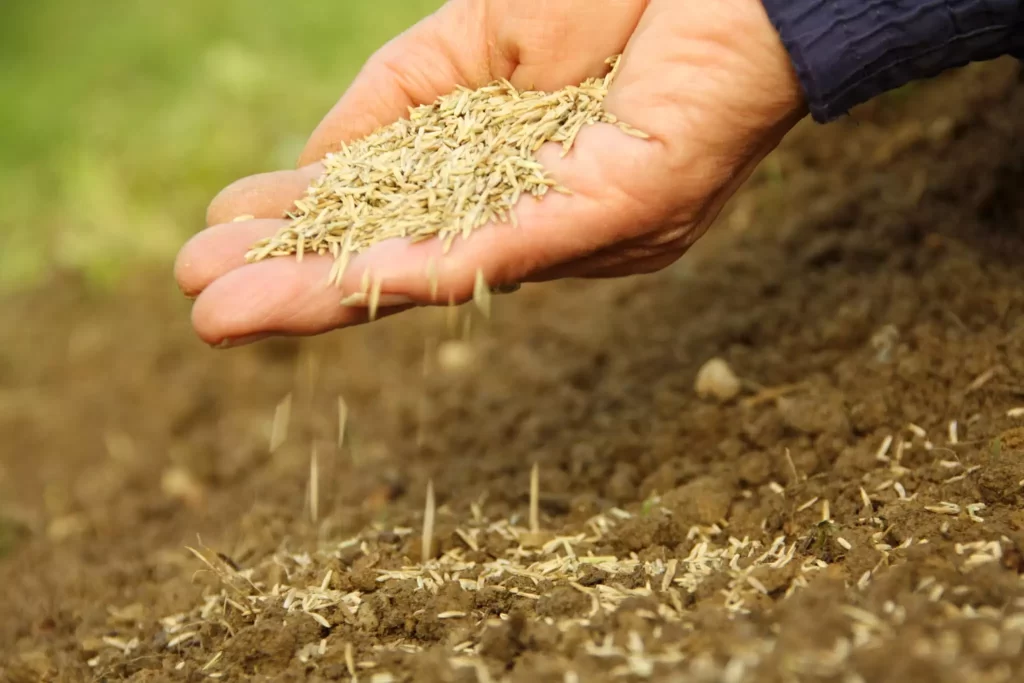
If you want to ensure that your lawn gets thicker over time, adding in overseeding with your aeration service in the Fall is very important. Your lawn will get old and parts will die off slowly over time. It’s wise to introduce new grass seed to your lawn each season to make sure that it gets and stays thick. This will help fight off future weeds trying to come in and invade. When thinking about the best grass type, most of the time it’s wise to use Kentucky Bluegrass or Turf Type Tall Fescue. A blend of these is also a good choice. Both of these grass varieties will withstand draught, traffic and stress the best. If you are looking for a good grass seed blend, try any of these blends from GCI Turf Academy online. If you want a local option, visit SiteOne landscape supply in Grimes, they are more than happy to help.
WARNING: Be cautious when buying grass seed from big box stores, they often come with weed seeds.
4. Pest Control
Pests like grubs, insects, and diseases can wreak havoc on your lawn if left unchecked. Implement integrated pest management techniques to keep pests at bay while minimizing harm to beneficial organisms and the environment. Regularly inspect your lawn for signs of pest damage, such as chewed grass blades or brown patches, and take appropriate action. Utilize organic or chemical treatments as needed, ensuring to follow label instructions carefully.
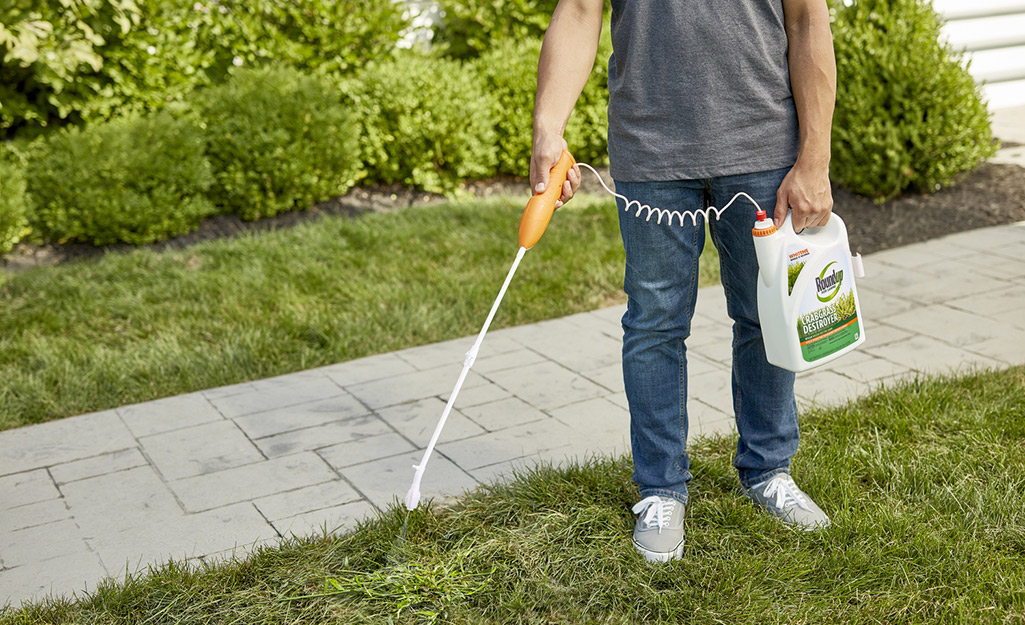
Another form of a pest in your lawn is a weed. Anything that you don’t want in the grass of your lawn can be considered a pest. When treating for weeds, you can put down a pre-emergent early in the Spring to prevent them from growing later on. Visit this link here to learn about that. The other option is to spray them after they have already started growing. A product like 2, 4-D is a product that homeowners can purchase that will treat most of your broadleaf weeds.
5. Fertilization
Feeding your lawn with the right nutrients is vital for its overall health and vigor. Conduct a soil test to determine your lawn’s nutrient needs and choose a fertilizer with the appropriate balance of nitrogen, phosphorus, and potassium. Apply fertilizer according to the recommended schedule, typically in the spring and fall, but adjust based on your soil’s specific requirements. Consider using slow-release fertilizers for sustained nutrient availability and minimal environmental impact.
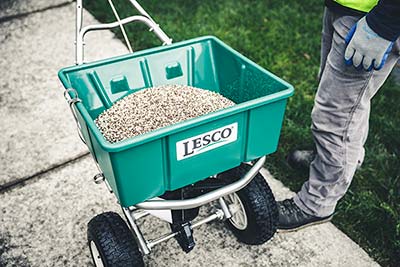
Lesco is a company that works directly with your local SiteOne landscape supply dealer. They can give you a program that will get you what your lawn needs to get and stay healthy this season.
At Warren Lawn, we pride ourselves on being Central Iowa’s premier lawn care, fertilization, lawn aeration and pest control company. With our unmatched expertise and dedication to customer satisfaction, we tackle lawn and pest problems with excellence and care. Trust Warren Lawn to transform your lawn into a lush oasis that enhances your home’s beauty and value.


